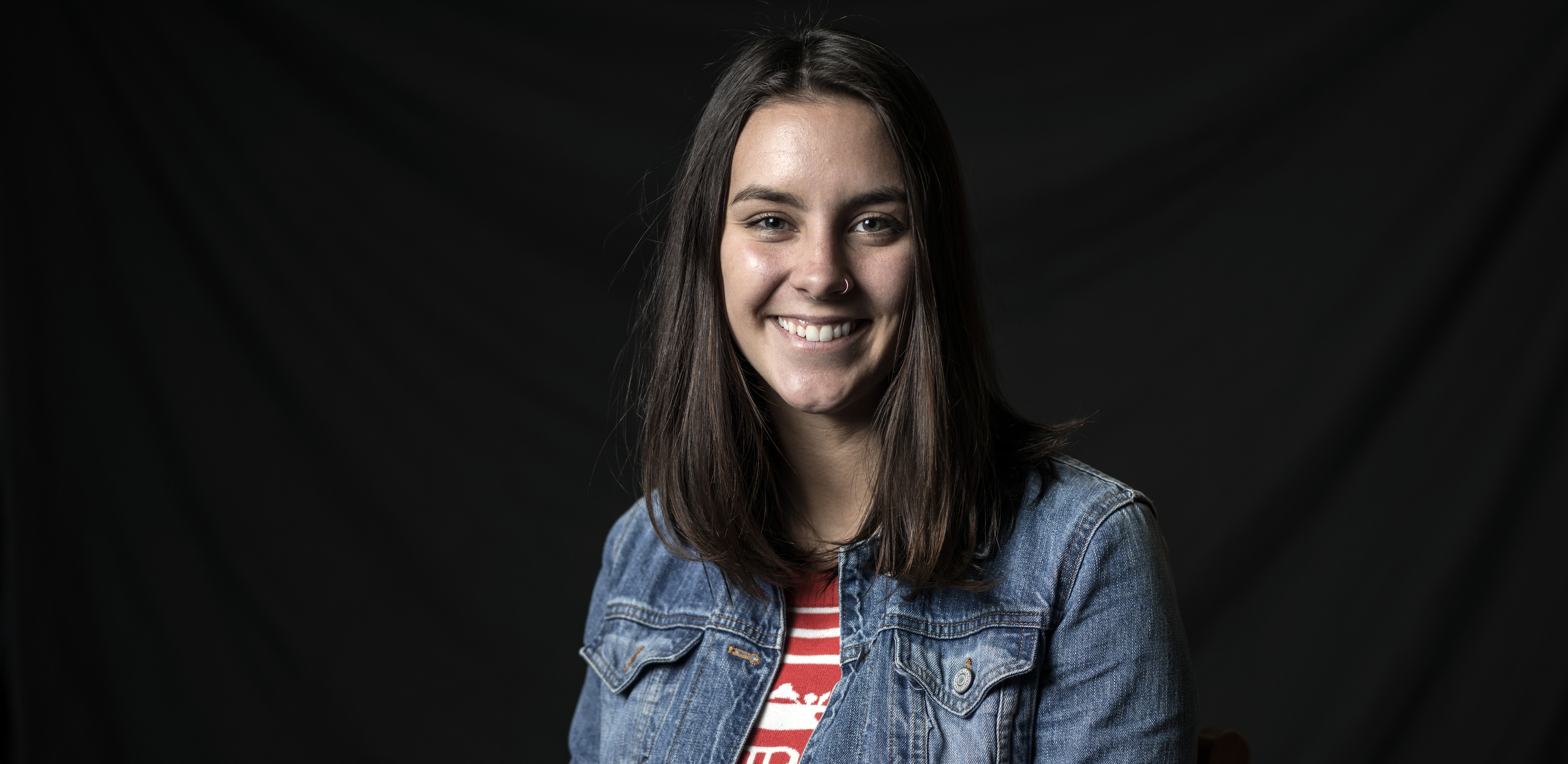
Madelyn Smith Unites Art and Science to Preserve the Coast
Content Provided by our sponsor: TEDxLSU.![]()

LSU Natural Resource Ecology and Management student Madelyn Smith, a TEDxLSU 2018 speaker, traveled the Louisiana coastline on a mission to illuminate the cultures and communities threatened by coastal land loss. Through photos and essays, Madelyn immortalized the people and lifestyles of the coast in her book Louisiana Gone, coauthored by Trent Andrus. Her work stands at the intersection of science, art and social science and aims to humanize the traditions and stories disappearing with the Louisiana coast.
We recently chatted with Madelyn to discuss her life and work. Read some of the highlights of the conversation below.
|
|
Why did you choose photos?
I was inspired by Humans of New York. The original idea was for the project to be a Humans of the Coast. Since high school, I have always had an interest in film and photography. My father gave me his old 35 millimeter Pentax, and I took off with that. I was trying to find an interdisciplinary way to explore a topic that I care about and advance some of my hobbies.
What was travelling the coast like?
On a shoestring budget, I went down with my photography partner Trent Andrus and we decided we were going to camp the whole time — which in the summer in southern Louisiana was a horrible experience. We slept in a tent in RV trailer parks so we were super hot. We bought a portable fan and ran a cord from the RV hookup location into our tent and tried to zip up our tent as tight as possible around this cord to make sure that no mosquitoes came in, and just had a lot of super miserable nights. Being woken up by motorcycles, sleeping outside, eating out of soup cans in parking lots. We slummed it to save some money.
What is the secret to making collaborative projects work?
Communication is the biggest skill that’s required. You have to be able to communicate your vision and what you’d ultimately like the end product to look like. My graphic designer lived in Arizona during our work that we were doing, so it was interesting to figure out a good workflow when she couldn’t physically sit down and have those face-to-face conversations. It took a lot of trial-and-error, reorganizing, and Dropbox folders.
What is your favorite Baton Rouge discovery?
I recently moved to Mid City, and I love it. I really struggled finding my place in Baton Rouge because I didn’t really fall into a lot of the cultural aspects of student life at LSU. Moving to Mid City has really helped me find a place in Baton Rouge that cares about the arts and feels like developing a sense of community is important. I like biking around Mid City and looking at all of the really cute houses. It’s a beautiful place to be.
What other projects are you working on?
I’m an intern for LSU professor Dr. Michael Pasquier and I’m helping him produce a podcast entitled Coastal Voices. Each episode is organized around a community to investigate a theme that community emulates. French Settlement is a community that experienced flooding during the 2016 floods, so we’re talking to people about their experiences putting their lives back together. We’re using these communities to investigate the relationship between Louisiana’s land and the water.
What do you do for the podcast?
Dr. Pasquier does the interviews and I listen through them and pull out audio that align with the theme of that podcast and isolate audio segments that would be useful to him. This project is multimedia, meaning it includes a website, a podcast, photography to accompany each community, and a platform for people who live in those communities to submit their own stories. It will include a music soundscape. Part of the project that I’m taking ownership of is a video series that accompanies each community where we talk to scientists, poets and artists about why they study the coast to help people understand what daily life is like there.
What’s next?
I’m going to be developing a river diversion case study that can be implemented in local high schools next year to get them excited about becoming leaders in Louisiana. I want to design a case study where high school students are broken up into groups and create plans to operate the proposed Mid-Barataria Sediment Diversion. The diversion is extremely controversial because it would flood a portion of the marsh that oyster fishermen and shrimpers rely on. I’ll be immersing high school students in this controversial issue and hope that gets them excited.
To learn more about Madelyn or about TEDxLSU 2018, follow TEDxLSU on Facebook, Twitter, and Instagram. Reserve your seat now to experience Madelyn’s talk, as well as the talks of all of the other TEDxLSU 2018 speakers.
|
|
|
